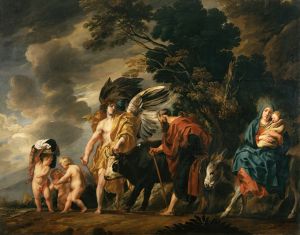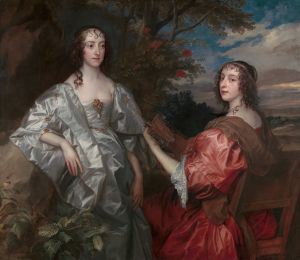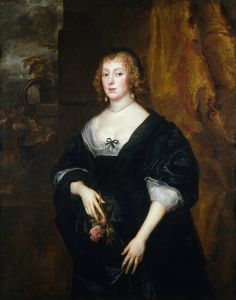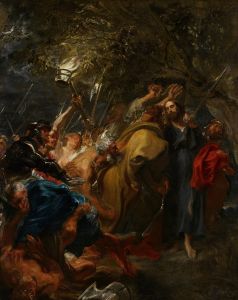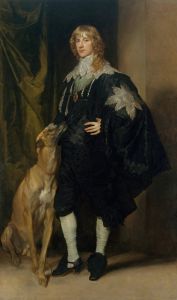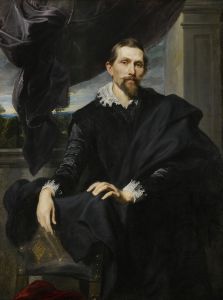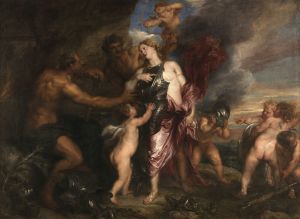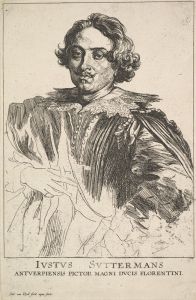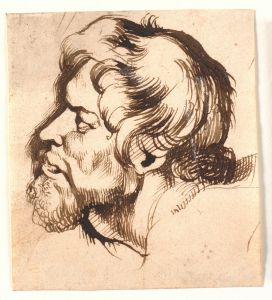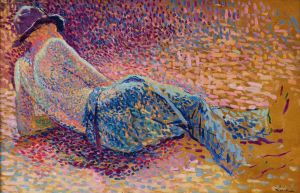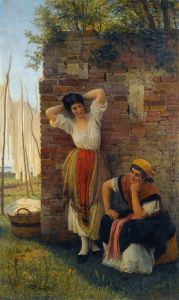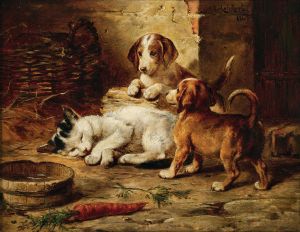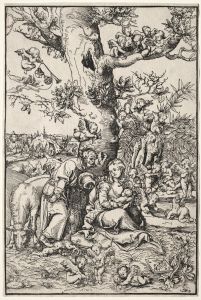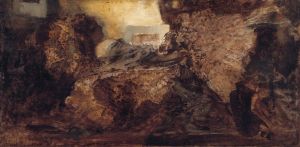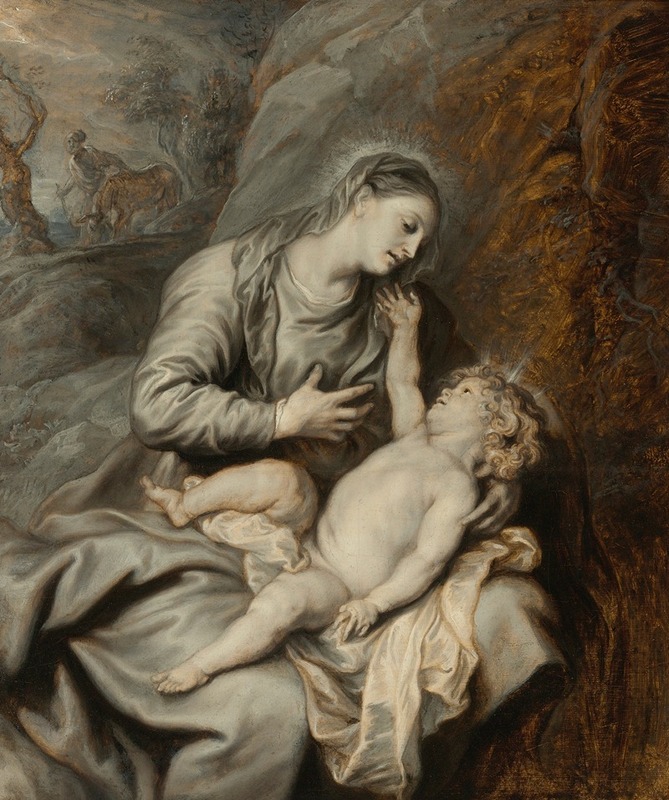
Rest On The Flight Into Egypt
A hand-painted replica of Anthony van Dyck’s masterpiece Rest On The Flight Into Egypt, meticulously crafted by professional artists to capture the true essence of the original. Each piece is created with museum-quality canvas and rare mineral pigments, carefully painted by experienced artists with delicate brushstrokes and rich, layered colors to perfectly recreate the texture of the original artwork. Unlike machine-printed reproductions, this hand-painted version brings the painting to life, infused with the artist’s emotions and skill in every stroke. Whether for personal collection or home decoration, it instantly elevates the artistic atmosphere of any space.
"Rest on the Flight into Egypt" is a painting by the Flemish Baroque artist Anthony van Dyck, who was a prominent figure in the 17th-century art world. Van Dyck was known for his portraits and religious works, and he was a leading court painter in England. This particular painting depicts a scene from the biblical narrative of the Holy Family's escape to Egypt, as recounted in the Gospel of Matthew.
The painting illustrates a moment of respite during the Holy Family's journey to Egypt, where they fled to escape King Herod's massacre of the innocents. In this work, the Virgin Mary is typically shown seated, holding the infant Jesus, while Joseph stands nearby. The setting often includes a serene landscape, emphasizing the theme of divine protection and tranquility amidst adversity.
Van Dyck's treatment of religious subjects was influenced by his early training under Peter Paul Rubens, another master of the Baroque era. Rubens' influence is evident in Van Dyck's dynamic compositions, rich color palette, and the emotional depth he brings to his figures. However, Van Dyck developed his own distinctive style, characterized by a more refined and elegant approach, which is evident in "Rest on the Flight into Egypt."
The painting showcases Van Dyck's skill in rendering human emotion and interaction. The figures are often depicted with a sense of grace and tenderness, capturing the intimate bond between mother and child. The use of light and shadow in the painting enhances the sense of depth and highlights the central figures, drawing the viewer's attention to the serene expressions of Mary and Jesus.
While the exact date of this painting is not definitively known, it is generally attributed to Van Dyck's early period, around the 1620s, when he was still heavily influenced by Rubens. During this time, Van Dyck was experimenting with different themes and techniques, which would later define his mature style.
"Rest on the Flight into Egypt" is part of a broader tradition of depicting this biblical scene in art, a theme that has been explored by numerous artists throughout history. Van Dyck's interpretation is noted for its elegance and the subtle emotional resonance he imparts to the figures. The painting reflects the Baroque era's emphasis on drama, movement, and the interplay of light and shadow, while also showcasing Van Dyck's unique ability to convey human emotion and divine grace.
Today, Van Dyck's works, including "Rest on the Flight into Egypt," are celebrated for their contribution to the development of Baroque art and their influence on subsequent generations of artists. His paintings are held in high regard and can be found in major museums and collections around the world, where they continue to be studied and admired for their artistic and historical significance.





